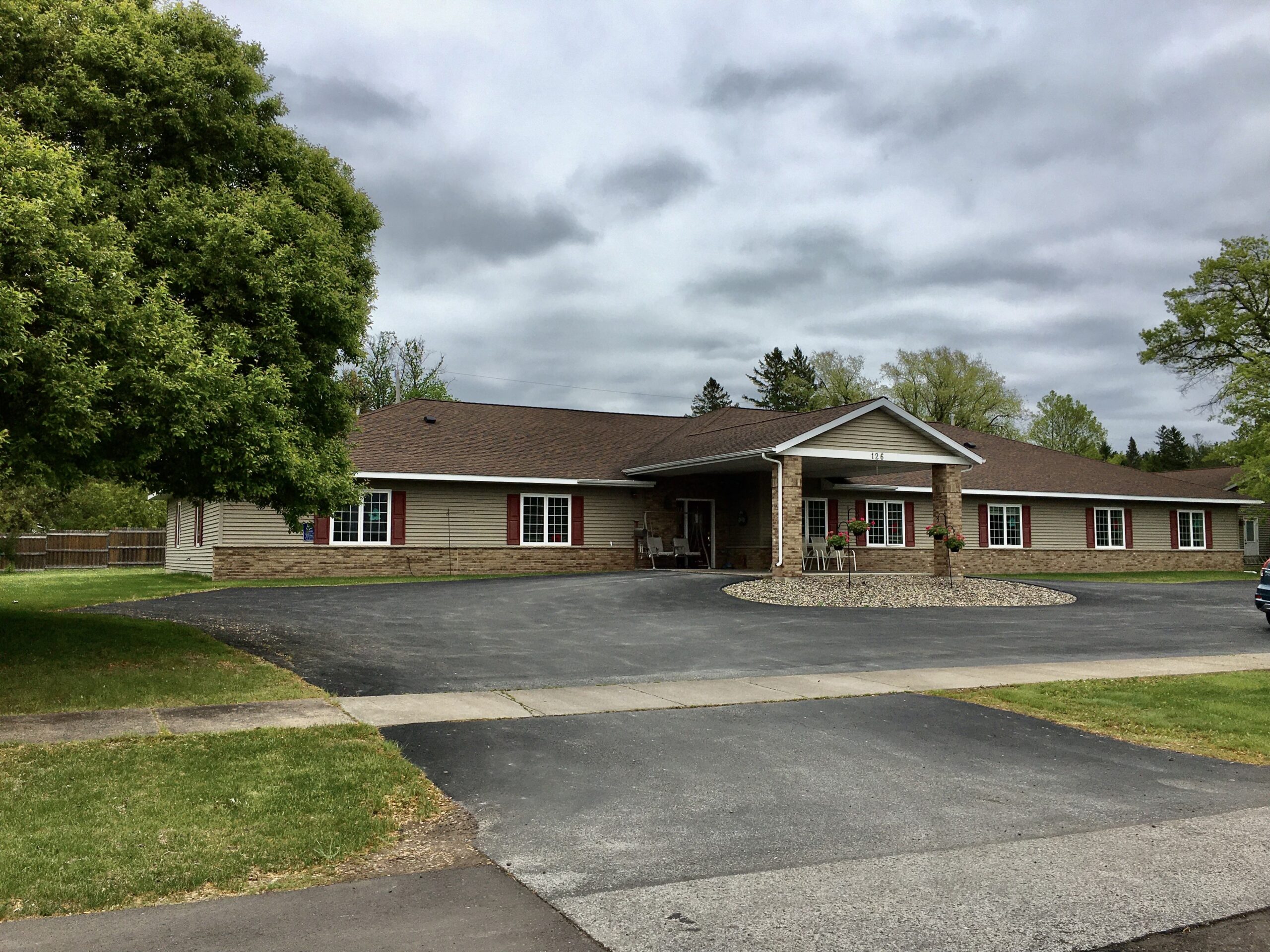The silver tsunami is coming and senior housing is poised to have decades of excellent stability and great returns. The baby boomer generation spans from 55-75 years old and with life spans increasing, the population of those 65 years+ will double by 2030. As this happens, many will be moving into an existing building stock that is currently undersupplied, causing high occupancy and increased rents. According to CBRE, 40,325 new units must be delivered per year to meet peak demand from 2020 – 2025. This can be compared to the recent construction rate of 15,000-19,000 units per year.
- In 2021, there are an estimated 23 million Americans over the age of 75 and 8.9 million over 82, a common move-in age of a resident to seniors housing.
- By 2028 the oldest baby boomer will have turned 82 – bringing on the “silver tsunami”
- 2 million Americans will live in senior care communities by 2030, double the amount from 2016.
- By 2050, 23% of the population in the United States will be 65 years or older, compared to only 15.6 percent today.
Life expectancies have risen sharply, from a global average of 49 years in 1955 to 72 years today. By 2040, the global population of those aged 65-and-older will reach 1.3 billion, double what it is today. With that in mind, senior housing and assisted living facilities will be one of the very best risk-adjusted opportunities available.
Recession Resistant
A major benefit for investors in the senior housing space is it resiliency. When looking at the demand for senior housing, it is not heavily affected by the economic cycles and tied to GDP growth, due to the fact that seniors, especially those in assisted living buildings, are retired. This can be seen by looking at the fact that senior housing has been the number one performing commercial real estate sector for the last fifteen years, including during the great recession.
Investment Performance
Senior Housing has far out-performed the other major sectors of commercial real estate.
Looking at the National Council of Real Estate Investment Fiduciaries (NCREIF) 2018 property index results, the total return for senior housing real estate on a ten-year basis was 10.52%. This was much greater than our other favorite sector – apartments, which saw total returns of 6.10%.
When looking at organic appreciation, senior real estate investments generated 3.73% of total returns, versus 1.03% for apartments.
Fractured Market
The Senior Living real estate market is dominated by small companies and individuals. This allows for buildings to be purchased properties from the “mom and pop” owners in order to create a portfolio that can work together and eventually be packaged together and sold to a larger REIT. Many of the properties we look at are owned by individuals looking to retire and sell one or 2 buildings. This allows us to purchase at a low basis, while providing us room to improve the net operating income.
COVID-19
COVID-19 had a negative effect on the industry and continues to leave a bad taste among operators and families looking to place a loved one. We are expecting this trend to stay in place over the next 12-24 months, however, as things continue to open up and the pandemic is a distant memory, the demand will increase drastically. Over the next 12-24 months the industry will enter back into the pre-pandemic income levels. This bodes well for us, as properties will be sold at prices lower than pre-pandemic values and appreciate rapidly as demand increases.
Bottom Line
Senior housing currently is one of the best cash-flowing asset classes available and is ripe for extensive future growth over the next 20 years. Our company has enjoyed excellent cash-flow that is not found in multifamily or other commercial real estate. Along with that we are excited to be able to provide a great environment for seniors to thrive in and a culture of bringing health and wellness into their lives.
Visit www.ventureDproperties.com to learn more about investing with us on our next Assisted Living or multifamily acquisition.


I listened to the podcast on which Todd was interviewed by Josh Cantwell. I would like to know if Todd would consider giving some guidance to someone who would like to acquire a senior living facility to be of service to our community and also provide a safe, secure well run home for my 93 year old mother. I have previously done multifamily syndication and acquisitions.